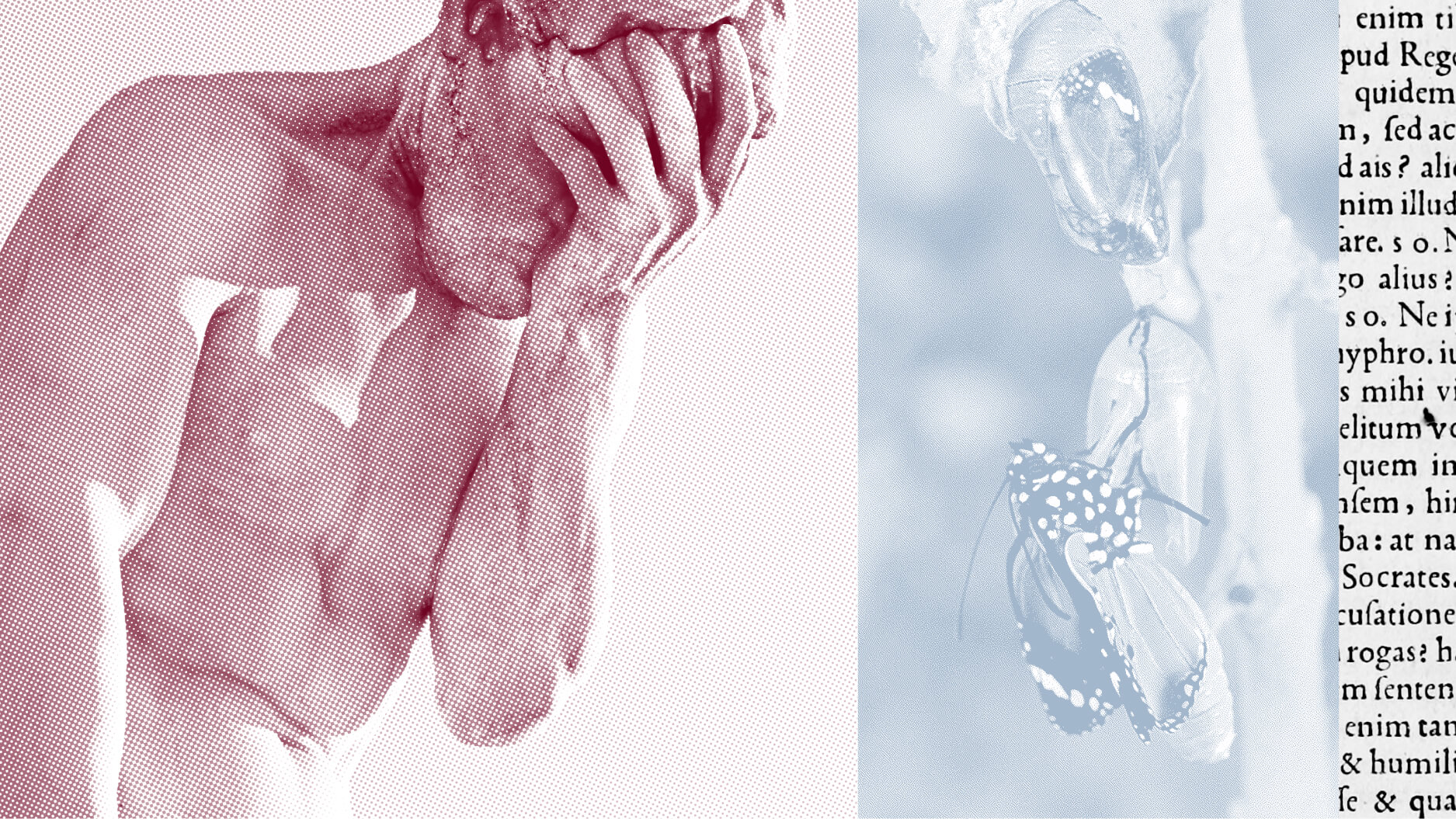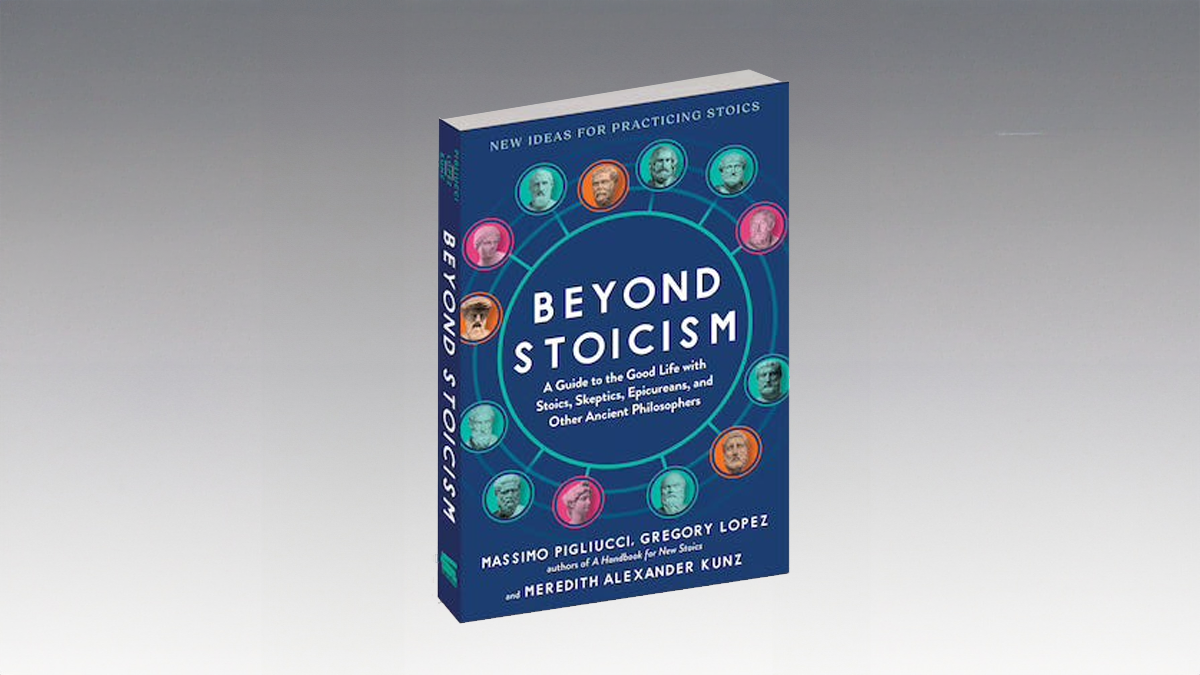This 103-year-old philosopher’s to-do list will get you through self-isolation

Screenshot from UN FILM DE LUIZA ȘORA
- Like everybody else, Romanian philosopher Mihai Sora is stuck inside.
- He is keeping busy for a 103-year-old man, and keeping the world up to date on his indoor adventures with Facebook.
- His to-do list is impressive, but not so impressive it can’t be used by most people.
The social isolation necessitated by COVID-19 is difficult for a lot of people. Between being mostly stuck inside, having reduced contact with other people, and the creeping boredom that comes after you’ve done everything on your to-do list, it’s little wonder that people are getting stressed out about it.
However, there are ways to make it a little more tolerable. A few good ideas for what do at home these days come from the Romanian philosopher Mihai Sora who, at 103 years old, is keeping the world posted on his social isolation practices via Facebook. According to the Calvert Journal, some of the items on his to-do list include:
- Solving a Rubik’s Cube
- Painting his white fridge (inside and out)
- Reading Proust
- Starting to learn Swedish
- Improving his Japanese
- Writing in his “little Facebook notebook”
- Drawing a flock of sheep
- Clearing out his study
- Learning how to use the washing machine
- “Stoically” listening to French composer Pierre Boulez
- Checking out planets discovered by NASA
- “Training in general,” as well as reading and using his exercise bike.
Born in 1916 in what was then the Austro-Hungarian Empire, Mihai went to France for his PhD in philosophy as a young man. When the Nazis invaded, he joined the French Resistance. After the war, he was offered French citizenship but declined to return to his homeland, newly communist Romania. Unable to leave Romania after 1948 because of the aforementioned communism, he was unable to publish his work again for 20 years due to government censorship. To make ends meet, he worked day jobs, often getting fired for insubordination, and translated classic literature into Romanian.
After the fall of Romanian Communism, he served as the Minister of Education for a brief period. He resigned in protest against street violence between miners and anti-communist protesters. Now, in his golden years, he remains an activist. He even found the time to go to a few street protests at the age of 101.
His philosophy is also nothing to sneeze at—his first major essay, “On Interior Dialogue. Fragment from a Metaphysical Anthropology” was well received in postwar France, and his political philosophy has attracted a fair amount of attention.
In addition to accomplishing all this, Dr. Sora is keeping the world up to date on his isolation through Facebook posts. The posts include his observations of how nice the night sky is:
Musings on how weird it would be for aliens who show up when the streets are empty:
Notes on how to entertain children:
Mihai ȘORAwww.facebook.com
Updates on his art projects:
And reminders that this, too, shall pass and afterwards we should go for a nice walk in nature:
This might be the kind of social media influencer the world doesn’t deserve but actually needs.
His posts and to-do list are particularly brilliant in that they are not fundamentally difficult or too foreign for most people to emulate. His to-do list includes chores, learning things he always wanted to but lacked time for, and doing things he already enjoys.
If you’re stuck at home too, perhaps you should borrow a few of these ideas. Ever wanted to start learning a new language? You’ve got time for it now. Ever want to read the classics? Project Guttenberg is online, has thousands of books to choose from, and your schedule is clear. More creatively minded? That’s fine; there are plenty of Bob Ross videos on YouTube to get you started in painting. There aren’t a ton of great online resources for helping you clean out your study, but that’s also a good idea of Dr. Sora’s you should steal.
And don’t forget to take his advice to look up at the sun, moon, and stars every once in a while. Just because you’re stuck inside doesn’t mean you can’t wonder at the scope of the cosmos. Just because we’re all a bit anxious lately doesn’t mean we have to lose our sense of awe.
So, try some of his ideas for yourself. After all, if they are keeping a person with as exciting a life as Mihai Sora occupied, it should be enough to keep most people busy for a few more weeks.





